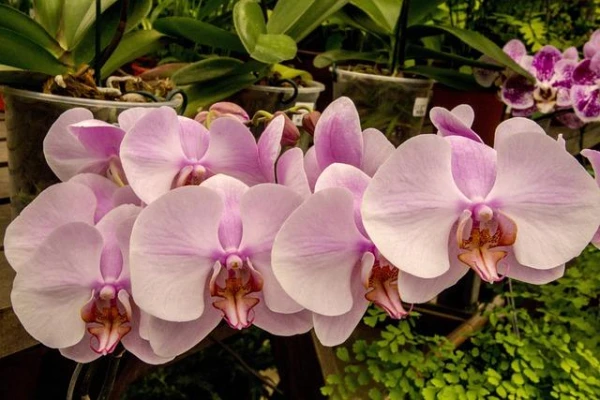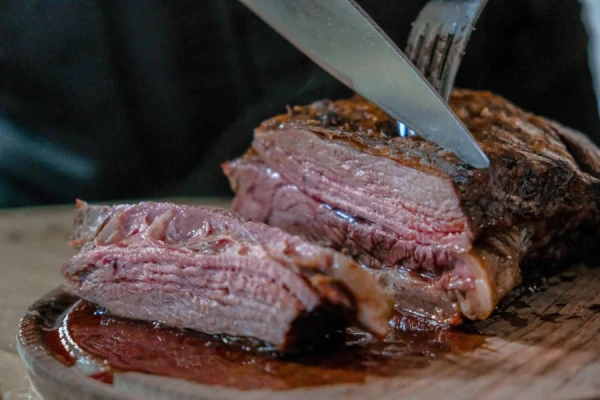
With the onset of cold weather, it's time to update your wardrobe with warming items. A winter down jacket has become an essential clothing element in the cold season. A good down jacket will provide warmth, comfort, and style even at low temperatures.
What are the requirements for the outer fabric and insulation
The outer fabric of the down jacket should be durable and have a water-repellent treatment. Heavy snowfall and rain should not come as a surprise. Insulations for down jackets are divided into natural and synthetic. Natural insulations are a mixture of down and feathers, while synthetic ones include materials such as synthetic fiber and isosoft.
When choosing natural insulation, pay attention to the ratio of components indicated on the label. It should be at least 80% down and 20% feathers. This will ensure good thermal insulation and allow moisture to escape.
Natural down is considered classic and one of the warmest fillings for down jackets. It has excellent thermal insulation properties, which help retain heat inside and prevent cold air from entering. Additionally, down is lightweight and flexible, providing a comfortable fit. However, it has a significant drawback — it is not resistant to moisture. Therefore, do not send the down jacket to the washing machine without first studying the care recommendations; it is better to entrust it to a professional dry cleaner.
The main advantage of synthetic insulations is their moisture resistance. You can walk in such a jacket even in wet snow, and it will dry quickly after rain.
For example, polyester fibers are often chosen for their reliable thermal insulation even in high humidity conditions and with intense moisture evaporation from the body. Moreover, such fillings are easy to wash and dry quickly, making care for the down jacket simpler. However, synthetic fillings can be heavier than natural down and less “breathable,” which can lead to excess moisture.
What other filling options are there for down jackets
Isosoft is an eco-friendly and durable material. It is very lightweight, making items with it comfortable and suitable for active leisure. Isosoft is four times thinner than synthetic fiber and twice as warm, consisting of hollow fibers. However, its disadvantage is its relative high cost. Down jackets with this filling can be washed, but soaking them is not recommended, as it may damage the fibers.
Alpolux is an insulation that is a synthetic analogue of down. It consists of primary processed polyester fiber supplemented with natural sheep wool in amounts ranging from 2% to 30% of the total composition. Alpolux insulation is eco-friendly and hypoallergenic. It appears soft, thin, elastic, and lightweight. Products with this insulation can be used in a wide temperature range, from +5°C to -40°C.
What cut and length should a down jacket have
Choose a down jacket with a light oversized cut or one size larger to be able to combine it with sweaters, blazers, and other clothing. Loose silhouettes are still in fashion.
Also, pay attention to the sleeve length and cuffs: they should fit snugly at the wrists. Preference should be given to down jackets with hoods, which will protect against strong winds and help avoid colds.
The optimal length for drivers and active people is about 70 cm. If you often wait for public transport or spend time outdoors with children, it is worth considering down jackets designed for severe frosts, with lengths starting from 110 cm.













